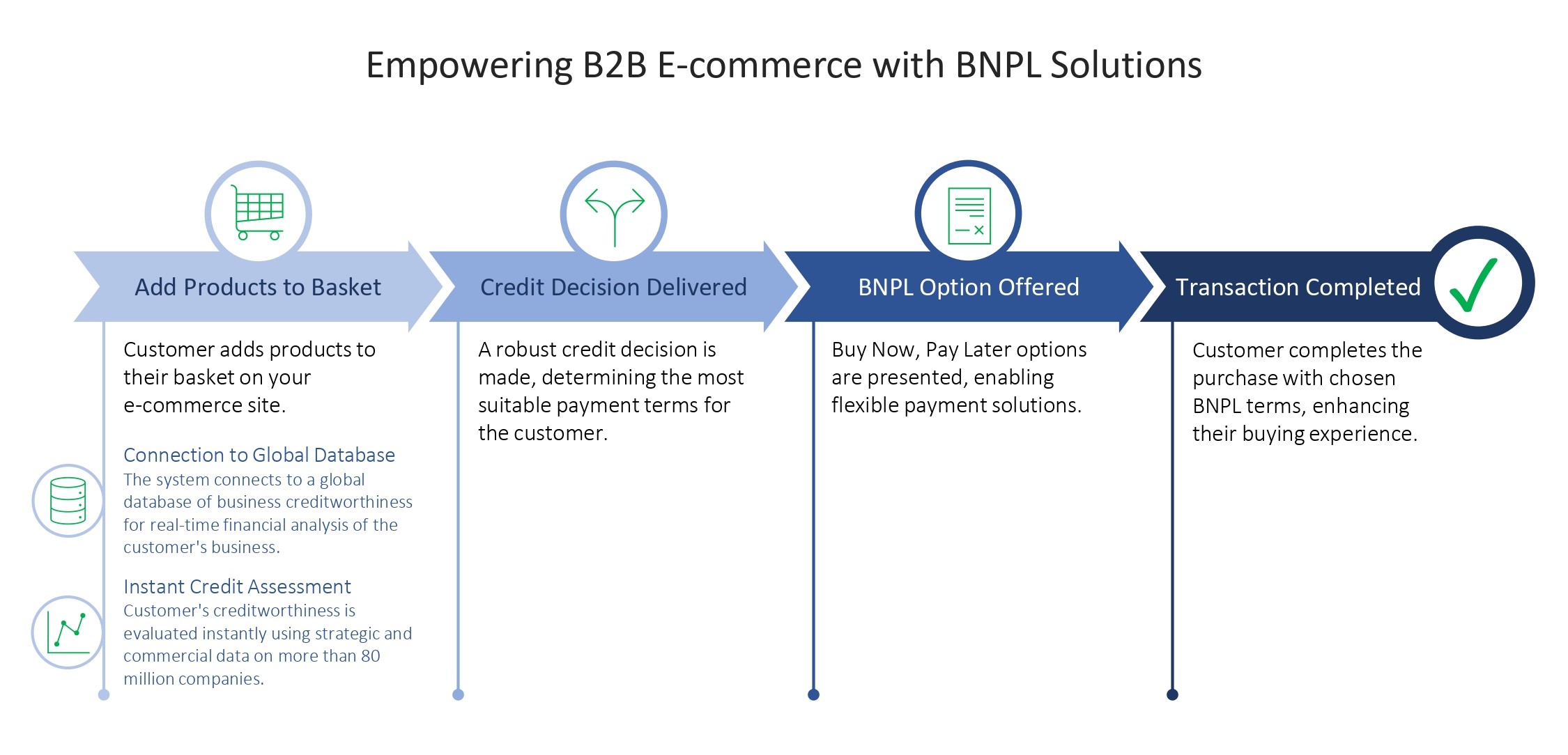Business-to-business merchants – of all shapes and sizes and from all industrial sectors – have been living through a procurement revolution during the past three years.
Propelled by the efficiencies of e-commerce and by pandemic-altered business practices, their customers have been shifting rapidly away from traditional sales channels to digital self-service. And this is by no means just a small-business phenomenon. Around 35% of all B2B purchases by large and mid-sized businesses are now made directly online – and when orders that are agreed virtually are added on top, that figure jumps to around 70%.1
Even in areas where field-sales models have traditionally dominated, such as pharma and medical equipment, in-person interactions have declined sharply. The trend is set to continue as the B2B e-commerce market is expected to soar at a compound annual growth rate of 17% throughout this decade.
And for good reasons. Identifying and researching new suppliers and products online has not only become much easier but undeniably more effective as customers increasingly trust e-channels and their capacity for order fulfilment. Indeed, e-merchants argue that the wider global markets afforded them by e-commerce creates a much more competitive landscape.
Even before Covid-19 changed purchasing patterns, B2B customers (especially those from younger cohorts) were valuing the user experience, the speed and the convenience of well-structured e-commerce websites. And today, three-quarters (74%) believe that the new web-dominated buying model makes their business more effective.2
It's not just a question of greater transaction volumes: the amouts that B2B customers are willing to spend online is also rising fast. The average order value of B2B customers has almost trebled in the past 10 years to €1,200-1,300. 3 As management consultants at McKinsey observe: “The most notable sign that digital sales have come of age is the comfort B2B buyers display in making large new purchases and reorders online.



















-(2).jpeg)
